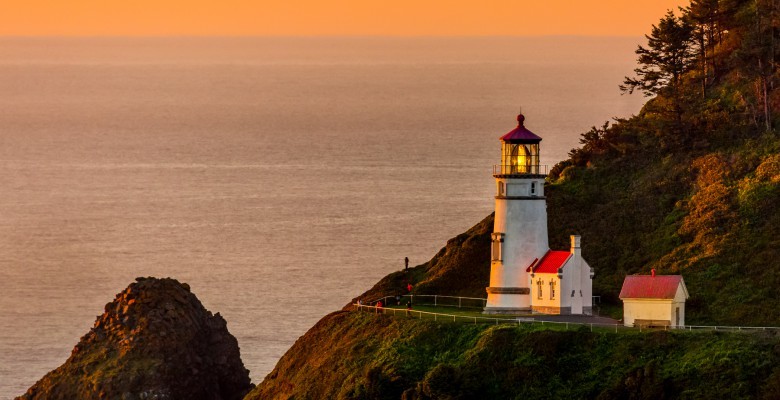 Florence, Oregon is a town of art. On the left, there is a photo of one of the latest murals. Spectacular.
Florence, Oregon is a town of art. On the left, there is a photo of one of the latest murals. Spectacular.
The city contains a lot of artistic murals, displays, statues (of seal lions). Bunches.
Florence is located at the mouth of the Siuslaw River about midway between Newport and Coos Bay. It has a population of approximately 8,466 people.
Florence is a historic riverfront town that provides a diverse array of activities for locals and visitors.

While logging, commercial fishing, and agricultural industries have served as the historical pillars of Florence’s economy, tourism is becoming increasingly significant. There are a variety of businesses, points of interests, and parks in and around Florence that offer unique experiences and outdoor recreation.
Entertainment
One can enjoy headliner entertainment at the Florence Events Center or Three Rivers Casino Resort after exploring the Heceta Head Lighthouse State Scenic Viewpoint, and the Heceta Head Assistant Keeper’s House. The park features a seven-mile network of hiking paths that join the short hike to the lighthouse.
The Keeper’s House functions as both an interpretive center and a bed and breakfast. Guided tours are offered by knowledgeable docents during the summer to educate visitor’s about the iconic lighthouse and its rich history.

Sea Cave
A ‘must see’ attraction located 15 minutes from the Florence city center is North America’s largest sea cave. This amazing cave is a privately owned wildlife preserve and bird sanctuary.
As many as 200 Stellar sea lions reside in the cave. The Sea Lion Caves are part of the Oregon/Cape Perpetua Marine Reserve.
Visitors can take an elevator ride descending 200 feet down into the Sea Lion Caves, which is as tall as a 12-story building and as wide as a football field.
The Caves are not a zoo. The wild animals are protected and come and go as they please and follow their normal routines.
The cave is alive with sound, roars, bird calls, and crashing waves. This sea cave is the only known mainland home of wild sea lions in the world and is a must see for visitors of Florence.
During the summer, sea lions lounge in the rookery areas (along the rock ledges outside) with their young. In the fall and winter, they can be found inside the cave’s natural amphitheater.



